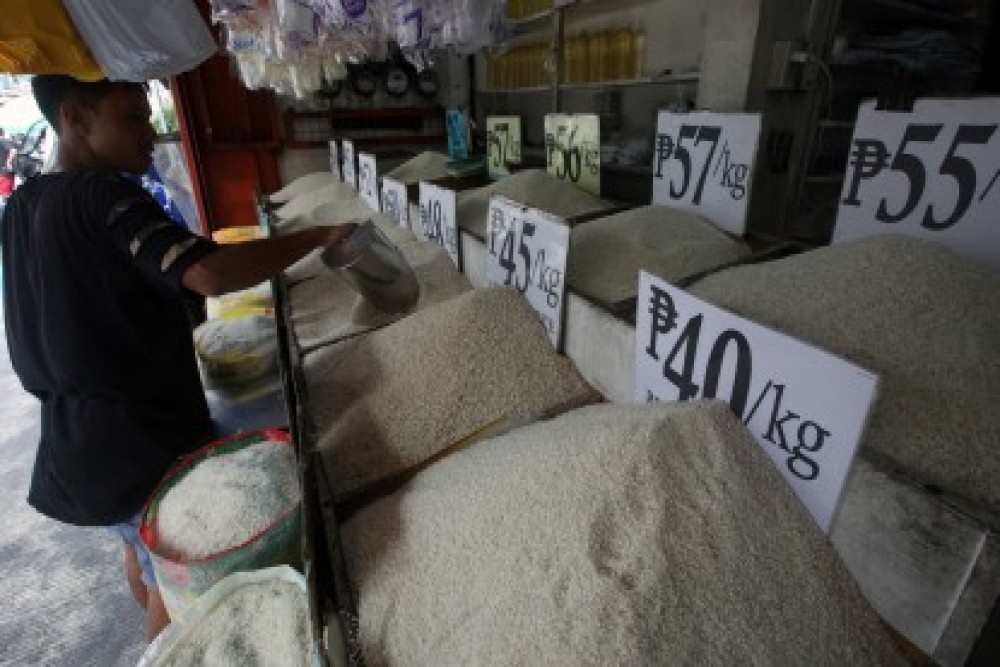The country's headline inflation remained stable at 2.9 percent in January, unchanged from December 2024 as lower rice prices helped offset the increase in other food items.
"The Philippines’ steady inflation rate is a positive indicator of the government’s commitment to ensure more stable prices in line with the targets of the Philippine Development Plan (PDP) 2023-2028," the National Economic and Development Authority (NEDA) said in a statement.
Among the major factors for the stable inflation in January is the rice, recording a deflation of -2.3 percent, the lowest since the -2.8 percent in June 2020, Mapa said.
National Statistician Dennis Mapa said faster annual increases were seen in the indices of food and non-alcoholic beverages at 3.8 percent from 3.4 percent; alcoholic beverages and tobacco at 3.5 percent from 3.1 percent; and transport at 1.1 percent from 0.9 percent.
Food inflation alone rose to 4 percent in January this year from 3.5 percent in the previous month.
Mapa added that the main drivers to the upward trend in food inflation include the faster inflation rate of vegetables, tubers, plantains, cooking bananas and pulses at 21.1 percent from 14.2 percent in December 2024.
The faster annual increase in fish and other seafood, and meat also contributed to the higher food inflation.
Meanwhile, data provided by the Philippine Statistics Authority showed that the average price of regular milled rice went down to P48.25 per kilogram (kg) in January this year from P49.65 per kg. in January 2024.
The average price of well-milled rice, likewise, decreased to P54.14 per kg from P54.91 per kg, while special rice also declined to P63.13 from P63.90 per kg in January last year.
The increase in food inflation however, was offset by lower inflation rates in housing, water, electricity, gas, and fuels (2.2 percent from 2.9 percent), restaurants and accommodation services (3.2 percent from 3.8 percent), and clothing and footwear (2.3 percent from 2.4 percent).
PNA PHOTO


